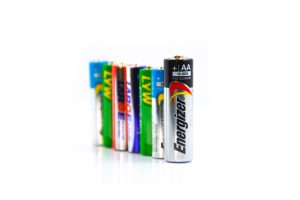Entering the German market is attractive—but it comes with clear environmental responsibilities. The Packaging Act (Verpackungsgesetz, “VerpackG”) requires companies that place filled packaging on the German market to register, report, and finance take-back and recycling. For small and medium-sized enterprises (SMEs), the challenge is doing this correctly without overspending. This guide shows you how to complete VerpackG registration efficiently and cost-effectively.
Why This Matters for SMEs
- Market access: Online marketplaces and many retailers block listings from unregistered sellers.
- Legal risk: Non-compliance can trigger fines, account suspensions, and reputational damage.
- Cost control: Registration and system participation are manageable if you plan packaging and data early.
Bottom line: a clear, lean process saves time, fees, and headaches.
Doing It Yourself vs. Using an Agent
DIY advantages
- Lowest out-of-pocket cost if you have the time and internal discipline.
- Full control of data accuracy and timing.
Agent advantages
- Saves internal time; good for teams without German-language capacity.
- Reduces errors in tricky edge cases (dropshipping, multi-brand portfolios, cross-border VAT setups).
Budget tip: If you go with an agent, negotiate a fixed-fee package for setup + first-year reporting. Keep the packaging ledger in-house so you can switch providers easily.
Quick Compliance Checklist (Print-Friendly)
- Determined B2C vs. B2B flows
- LUCID account created
- EPR service provider selected; contract signed
- Packaging ledger built; weights verified
- Initial volumes declared (LUCID + Dual System)
- Calendar set for monthly/annual reporting
- Documentation archived for audits
Common Mistakes (and How to Avoid Them)
1.Treating all packaging as B2C
Solution: Map your supply chain. License only household-destined packaging; arrange take-back for transport packaging separately.
2.Using rough volume estimates
Solution: Weigh representative packs per SKU and refresh weights when you change materials or suppliers.
3.Missing brand listings in LUCID
Solution: Ensure every brand you sell in Germany is registered; update when you launch or retire brands.
4.Late annual declarations
Solution: Calendar reminders with buffer time. Tie your packaging ledger to fiscal close so finance and compliance stay in sync.
Final Takeaways for Budget-Smart SMEs
- Measure, then optimize: Weight and material choices directly drive fees.
- Keep it tidy: A simple ledger + scheduled updates = fewer mistakes, lower costs.
- Document B2B separately: Don’t pay for transport packaging that never reaches households.
With a small upfront investment in data discipline and vendor comparison, SMEs can achieve full VerpackG compliance at minimal cost—and keep the door open to Germany’s lucrative market.











